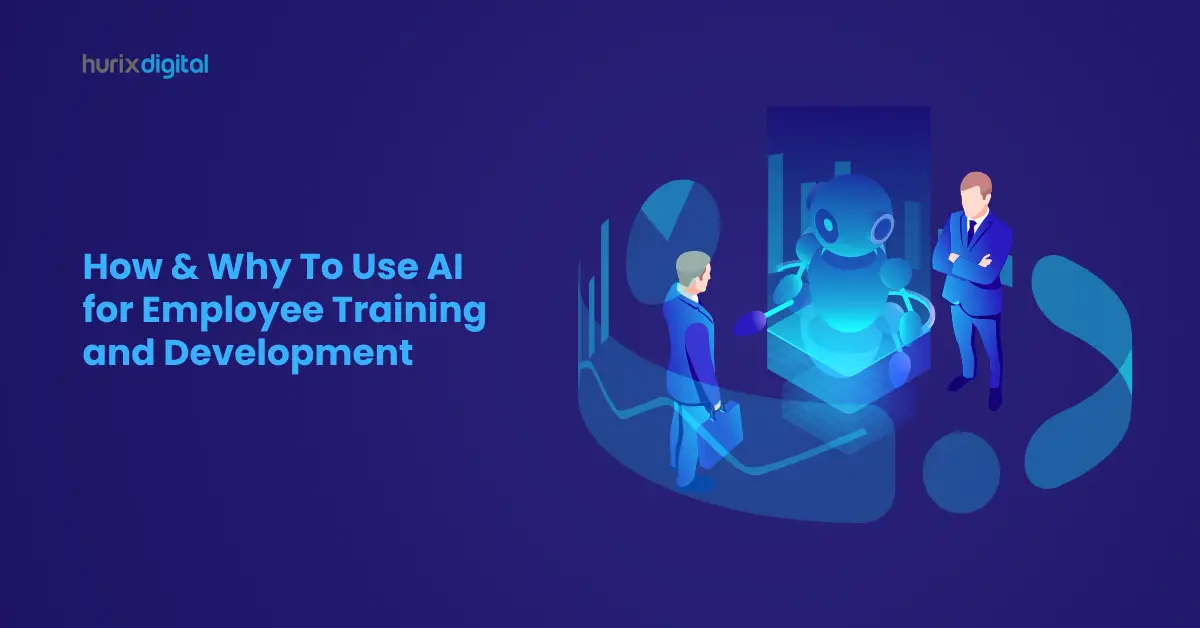
Is Blended Learning the Right Approach for Your Enterprise?
eLearning and Blended learning has been a hot topic in higher education and corporate training ever since the inception of web-based courses in the late 1990s. A survey conducted by the European University Association (EUA) some years back shows that all higher education institutes of those surveyed have started to embrace eLearning. However, what is most interesting to note is that of the surveyed institutes, 91% were using blended learning, integrating eLearning into conventional teaching.
eLearning is no doubt the latest buzzword in learning and not without cause, for eLearning benefits both students and enterprises. For the students, eLearning opportunities mean greater access to courses across geographical barriers, and the opportunity to learn anytime, anywhere. For enterprises, it means providing access to learning content across boundaries, thereby saving time and cost, while increasing reach.
It’s a win-win situation for both – or so it seems. However, the EUA study shows that there is a growing disconnect between what students want and what organizations provide. While there are several factors that contribute to the disconnect, one of the main reason is people’s natural tendency to resist change. In the context of eLearning, studies show that in higher education institutes, only 10% to 15% of faculty is open to adopting eLearning tools and techniques. Approximately 70% – 80% constitutes the reluctant majority who needs to be convinced that eLearning would benefit them.
Thus, it can be said that rather than a dramatic shift from face-to-face to online learning, a better way out is evolving gradually by taking the middle path, that is, not letting go of the comfort of a face-to-face interaction, yet slowly and steadily adapting to new online technology and entering the world of digital content. In other words, blended learning, or learning that takes the best of face-to-face and online training methods, seems to be the right investment for enterprises in many ways – it can benefit organizations in terms of better acceptance by employees, especially the not too tech-savvy ones, increased engagement, and greater reach. Blended learning also facilitates collaboration and simplified assessment processes.
Why Blended Learning is the Right Approach for Enterprises?
Training is a crucial factor contributing to organizational success and so it is very important that it is delivered right, and with an approach that finds wide acceptability with employees. While the millennial generation is more comfortable with technology, almost all organizations would have employees who would be more comfortable with a human instructor to aid their learning. By using the right mix of classroom instruction with eLearning tools and resources, blended learning offers an enriched learning experience.
- Expands Reach: Since blended learning combines the best of both classroom and eLearning, it helps to expand the reach and appeal to a wider audience with a wider variety of learning styles and circumstances. Classroom learning provides learners the opportunity to interact with the instructor and peers, and learn from hands-on activities. It also provides each learner the opportunity to share experiences and perspectives. Classroom learning encompasses the best of group learning by sharing resources and experiences. Online learning is more personalized as it allows employees to trace their own learning chart and also learn at their own pace. Besides, digitalized content for blended learning also allows organizations to deliver training to employees across geographies and time zones at low-costs. Blended learning also makes it possible for employees to access content while on the move on their mobile devices, anytime and anywhere.
- Increases Engagement: Blended learning involves the use of a wide array of content types. In a blended learning environment, learners can participate in classroom discussions with instructor and peers, and also learn through immersive media formats such as audio, videos, texts, graphics, presentations, etc. With these formats and interactions, employees are more likely to relate to the lessons, engage, retain their learnings and apply them in real-life situations. However, classroom learning alone needs to align with every employee’s schedule, which makes it complicated and inconvenient, while significantly adding to travel and accommodation costs. By incorporating the eLearning component in their training, organizations can provide their employees with more flexibility to access and participate in the training conveniently as per their own schedules, when they have time and are able to focus more on the content.
- Access Ready References: Online learning, in combination with classroom learning, provides a platform to organize and present materials that learners might need in the context of their classroom learning. Learners can be asked to come prepared for a particular lesson in order to save time. There may be some employees who are not familiar with the content to be taught in the classroom. To keep them on the same page, the instructor can provide online references to all employees to help them get acquainted with the subject, and an online assessment can also be administered to check their proficiency. Apart from pre-training, blended learning can also be used post-training. Learners can be provided links to online materials which they can study at their leisure to supplement classroom teaching.
- Facilitates Collaboration: Blended learning provides learners the opportunity to collaborate both in the classroom and on online forums and communities. This helps to further deepen the learning experience. By using online tools to complete certain tasks, blended learning provides more time for collaborative work such as problem-solving activities and guided practice. Moving away from physical classrooms, employees can use online tools such as discussion and chat forums to interact with a wider audience and extend face-to-face training for improved outcomes.
- Simplifies Assessment: Using online tools, instructors can quickly administer quizzes and tests to assess the proficiency of their learners. Besides, several online learning platforms also provide reporting capabilities that automatically generate statistics and analytics. Trainers can use these reports to judge the capabilities of their learners and also to fine-tune their future training programs.
Conclusion
Convinced about the benefits of blended learning and wish to implement it in your organization? We at HurixDigital can help. Talk to our experts to understand how we can help you transition your training online through our custom-made LMS solution that can support your blended learning requirements.







